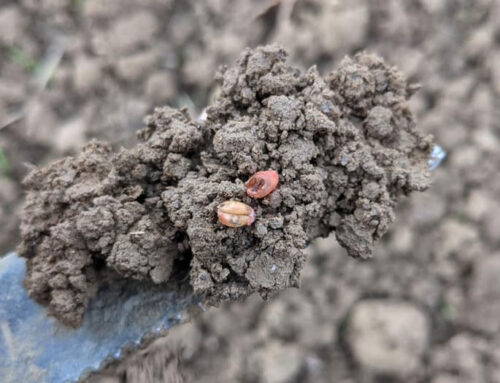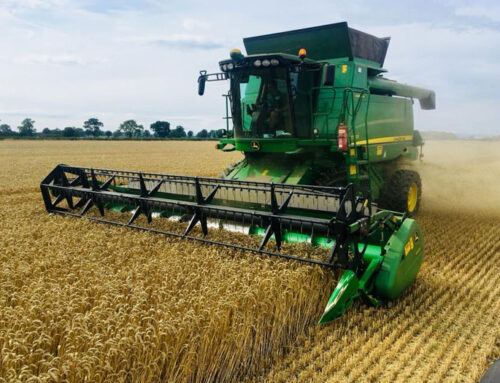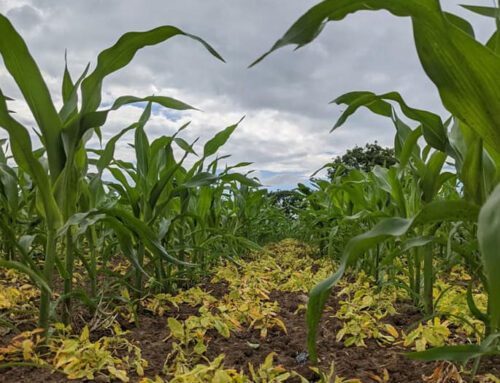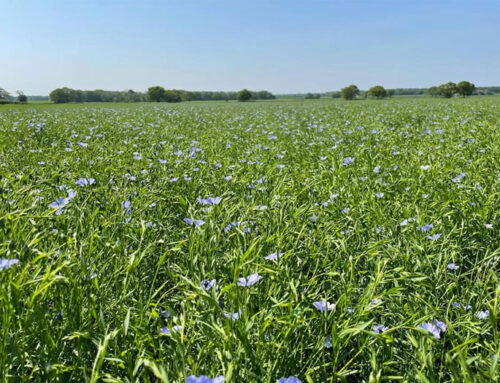Well, the warmer weather has eventually turned up here in Yorkshire, it’s not quite the Mediterranean days we dream of more floating around the mid-teens with an occasional 20 degree thrown in for good measure, however we’ll happily take that after the mixed back of a spring we have currently been dealt. Crops have welcomed this slight rise with open arms and have started to change a healthy colour as nitrogen eventually works its way up through the roots and into the engine room of the plants.
Spring SU applications have provided me with varied results, some have worked extremely well, and control of blackgrass, bromes and ryegrass have been pleasing. Those later applied under cold conditions haven’t so. In some cases, ryegrass just seems to have shrugged off the pound notes and is staring me straight in the face with a smirk.
Cereals are racing through the growth stages with early sown wheats now displaying their flag leaves and varieties such as KWS Extase already proudly showing theirs at full mast. Even though some of these crops may have only received their T1 fungicide 14 days ago, orders will be given for the sprayers to enter again and apply the main fungicide T2 treatments. Depending on tank mixes many of my programmes will be based around fenpicoxamid (Inatreq) chemistry with a suitable triazole or strobilurin partner (variety dependant). Where other mixes are a little more complex then I will switch into fluxapyroxad and mefentrifluconazole however at a slightly more robust rate than if already applied at T1. Septoria is still bubbling away in the lower canopy with some infections showing on leaf 3 in lower scoring varieties so this will be the main target of the T2 spray. Overall though I am very happy with how T1 programmes have fared. With the sudden increase in growth many T2 programmes will be accompanied by a PGR, product choice here may be dictated by chemical availability, however mepiquat is the go-to active.
Winter barleys are all at some stage of ear emergence and will be getting their final fungicide applications imminently, this will be the final time I plan to send the sprayers through until pre harvest glyphosates if required. Again, here disease levels are nicely under control and yield potential looks promising.
Winter linseeds look well, however in some cases where unsettled weather prolonged the early spring PGR any nitrogen overlaps are just waiting for a heavy shower to send them on their way to join the coronation crowds and bow down to King Charles. We should have flowers opening within the next few days.
Fodder beet has now all entered the 2023 campaign with the earliest sown on kind land now emerging, and with plenty of moisture available emergence is proving to be nice and even….for a change! This bodes well for the Broadacre programme which is my favoured herbicide approach. First applications are going on this week where first true leaves are 1cm in length.
To date I am yet to still have any maize go in the ground which is late for around this area. Pre-emergence spray sheets of pendimethalin are all on farm ready to go when the drills have exited the fields. This will hopefully give some protection from emerging polygonums before they will get their main herbicide around the 3-leaf stage of the crop. I will reveal this programme in my next column, as need to give you a reason to read next months!




